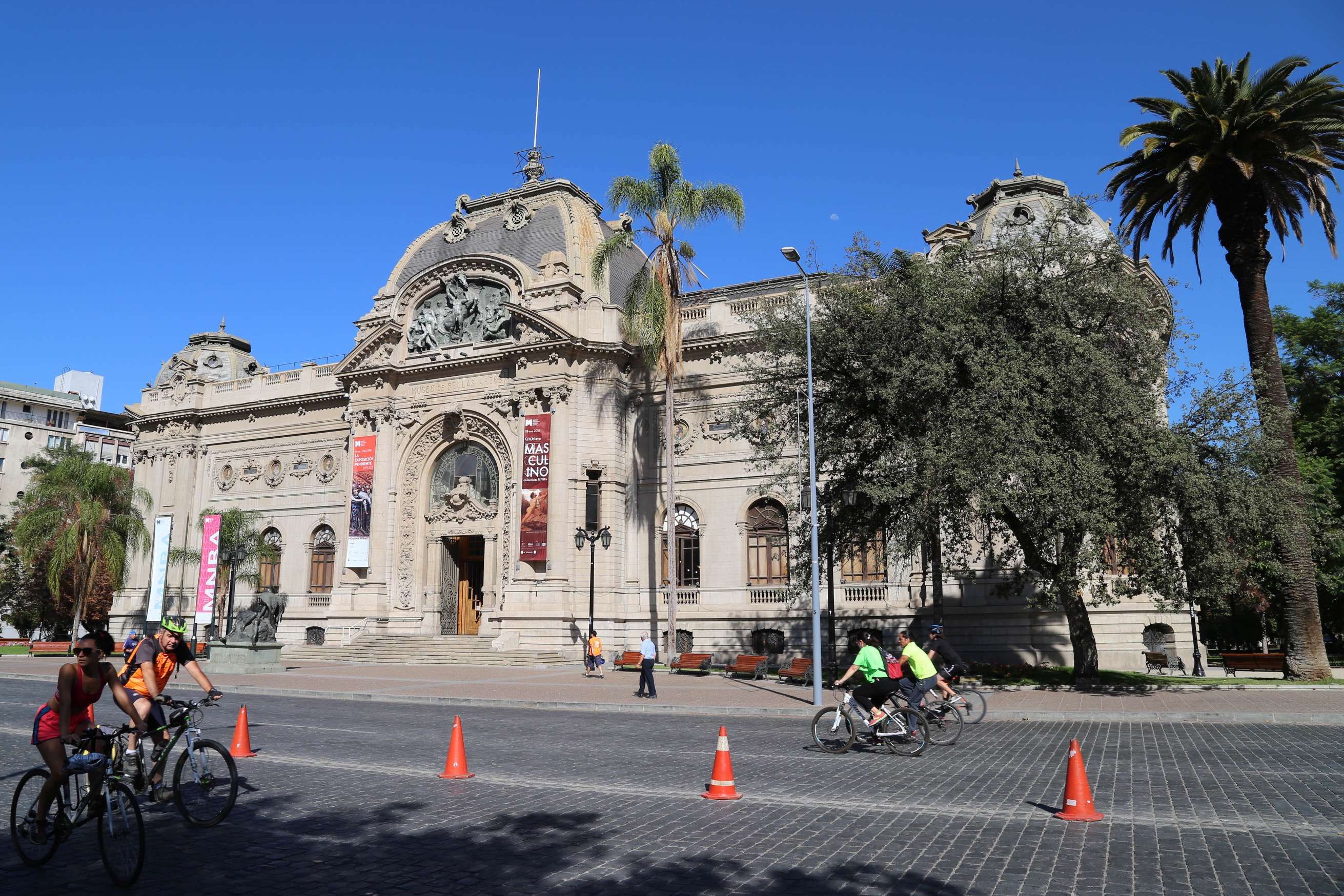
Belles Artes is a Santiago showcase and one of the city’s museums. On some weekends streets in the area are reserved for bicyclists and pedestrians.
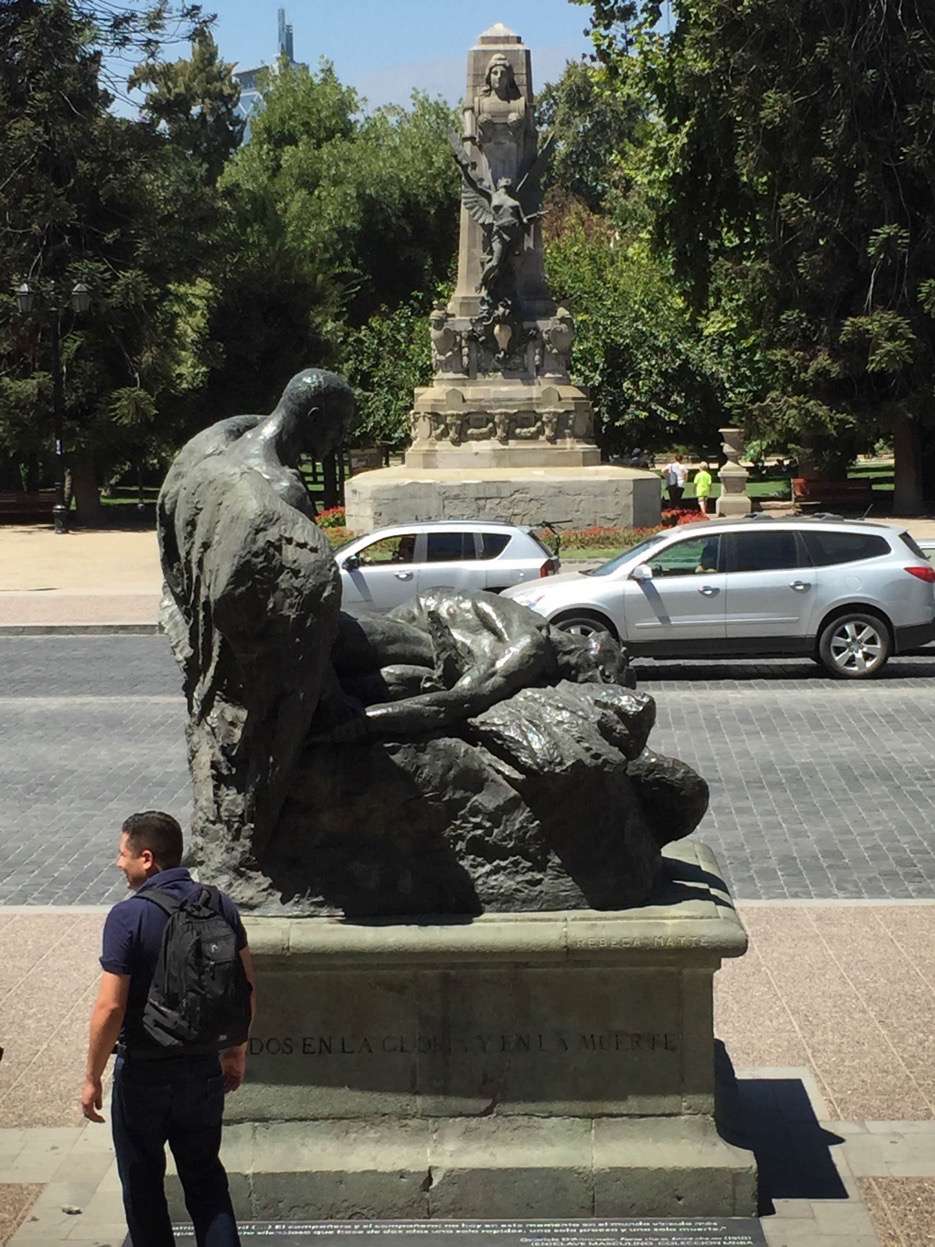
The statue “Icarus and Daedalus” in front of Belles Artes is a popular meeting point. This is a copy of the original and an inscription on the base on the other side says, “United in Glory and Death.”
Santiago is a city that defies simple summary. It is Chile’s financial and cultural center, has the largest population and is the political hub of that South American nation. But Santiago is emerging on a number of levels, with one of South America’s highest rates of economic growth and per capita income, a high literacy rate, recognition for its expanding culinary scene and a relatively corruption-free government.
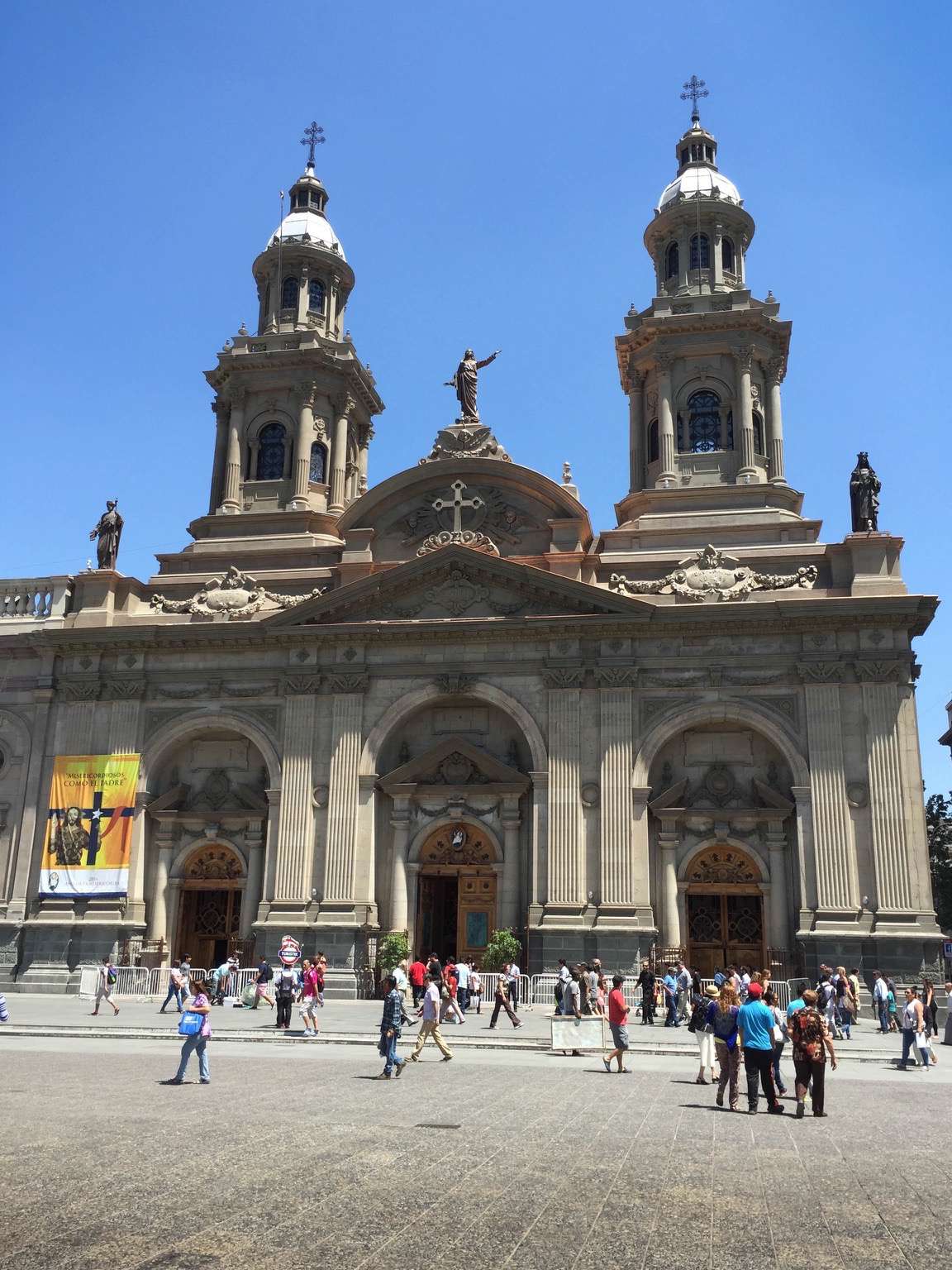
The Metropolitan Cathedral is one of numerous public buildings at Plaza de Armas where Santiago was founded in 1541.
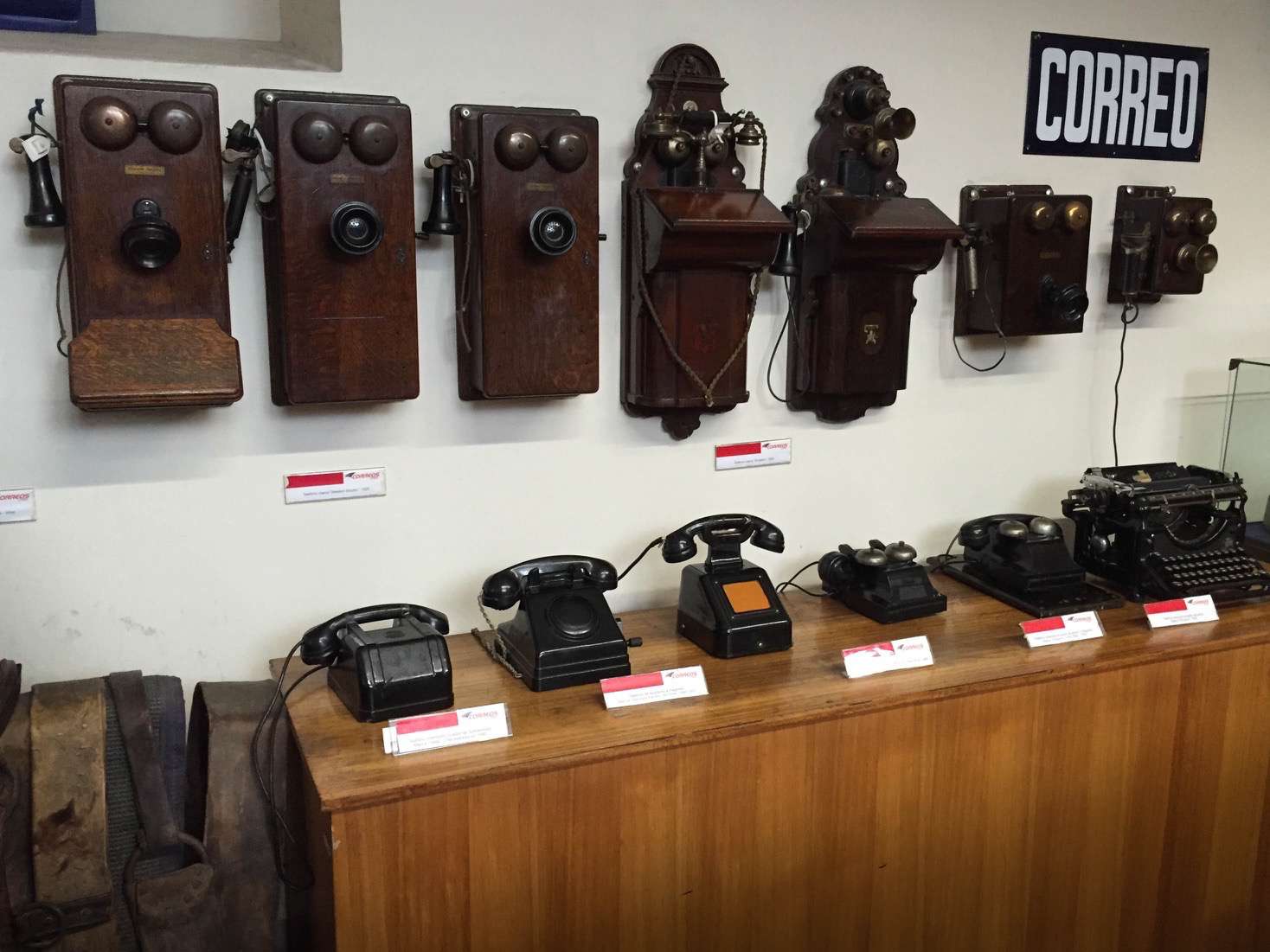
Inside the main post office at Plaza de Armas is a small museum that includes a collection of telephones that have been used through the years.

Children frolic and cool off on a warm day in a fountain at Plaza de Armas in Santiago.
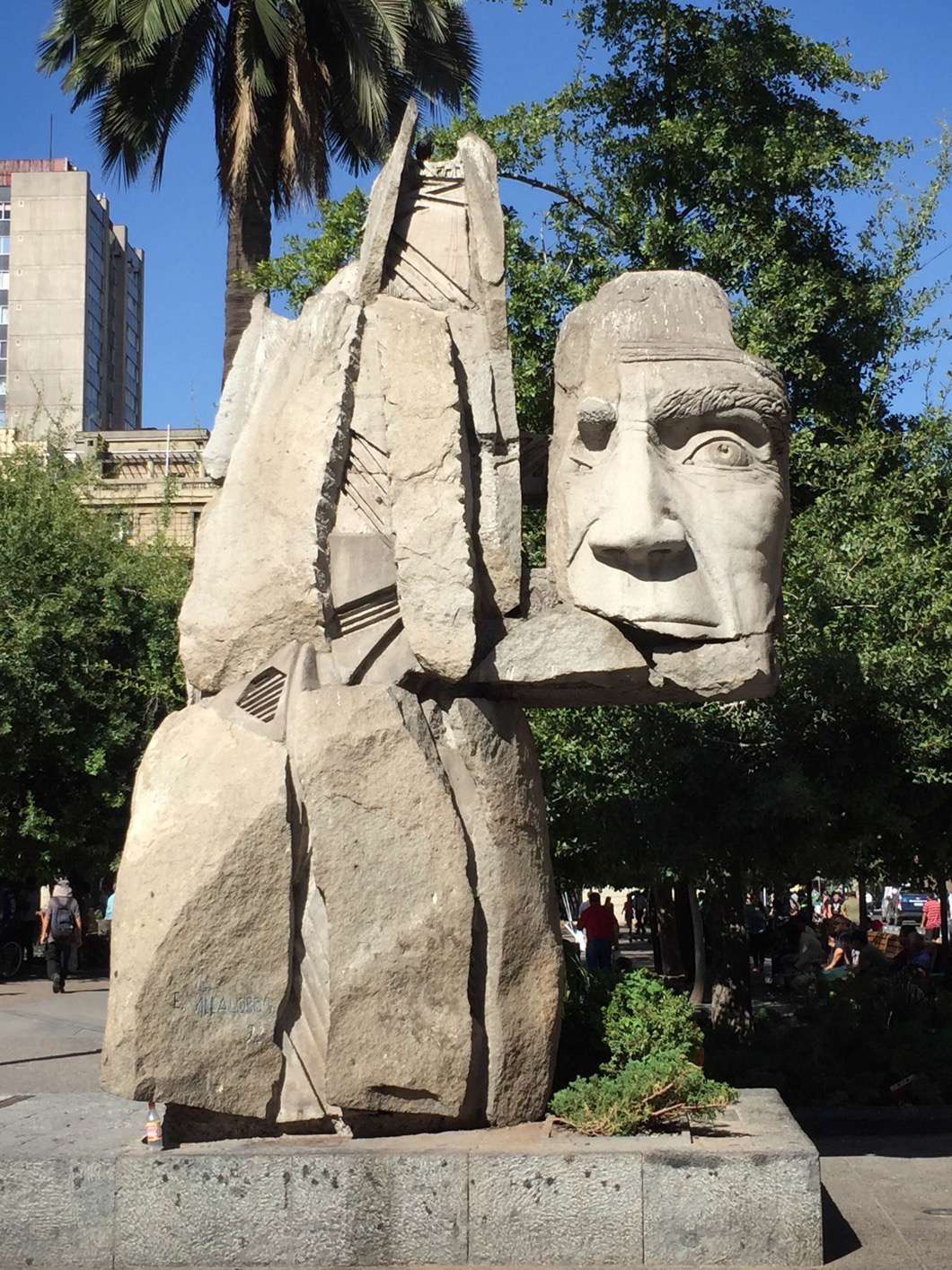
Art in public spaces can be found all around Santiago, like this modern sculpture at Plaza de Armas.
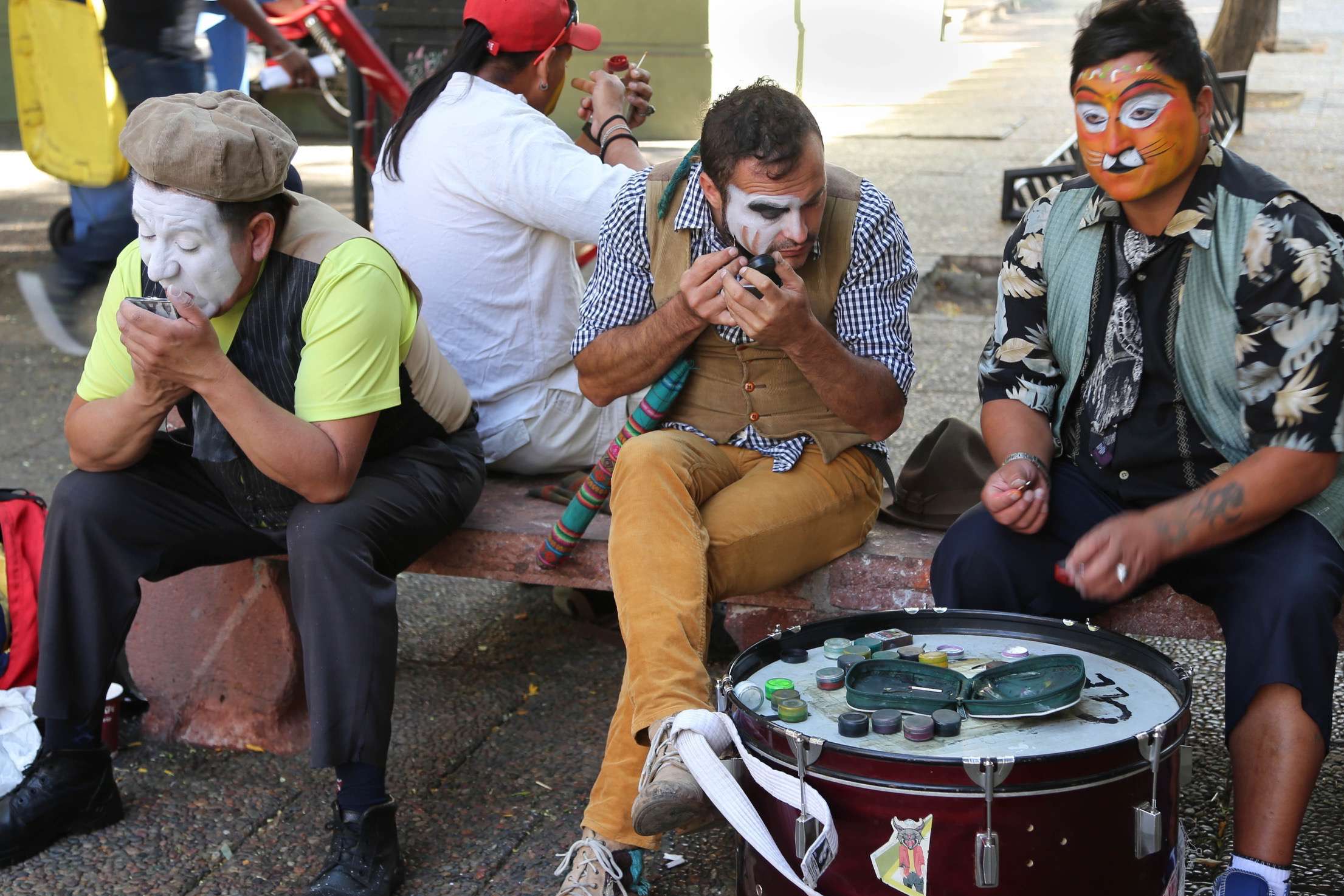
A group of entertainers prepare for work near Plaza de Armas.
Santiago’s New World beginnings began a few decades after the European land grab in South America was kicked off by Christopher Columbus’ Spanish-financed voyage in 1492 (though he did not reach South America until his third trip). But once Columbus proved the earth was round, other nations quickly followed including France, Portugal, Great Britain and others, each claiming as much territory – and wealth – as they could lay their hands on. Skirmishes, wars, slaughter and fighting would go on for more than 300 years as indigenous peoples were beaten down, their populations decimated and South America’s resources exploited.

This marble sculpture in the the great hall at Belles Artes appears to make a point emphatically.
And while Chile has gold and some silver, it possesses one of the world’s largest copper deposits that accounts for a significant portion of the nation’s income. With a Pacific Ocean coastline that stretches down much of South America, Chile is the world’s second largest salmon farming nation with approximately $3.5 billion in annual sales.
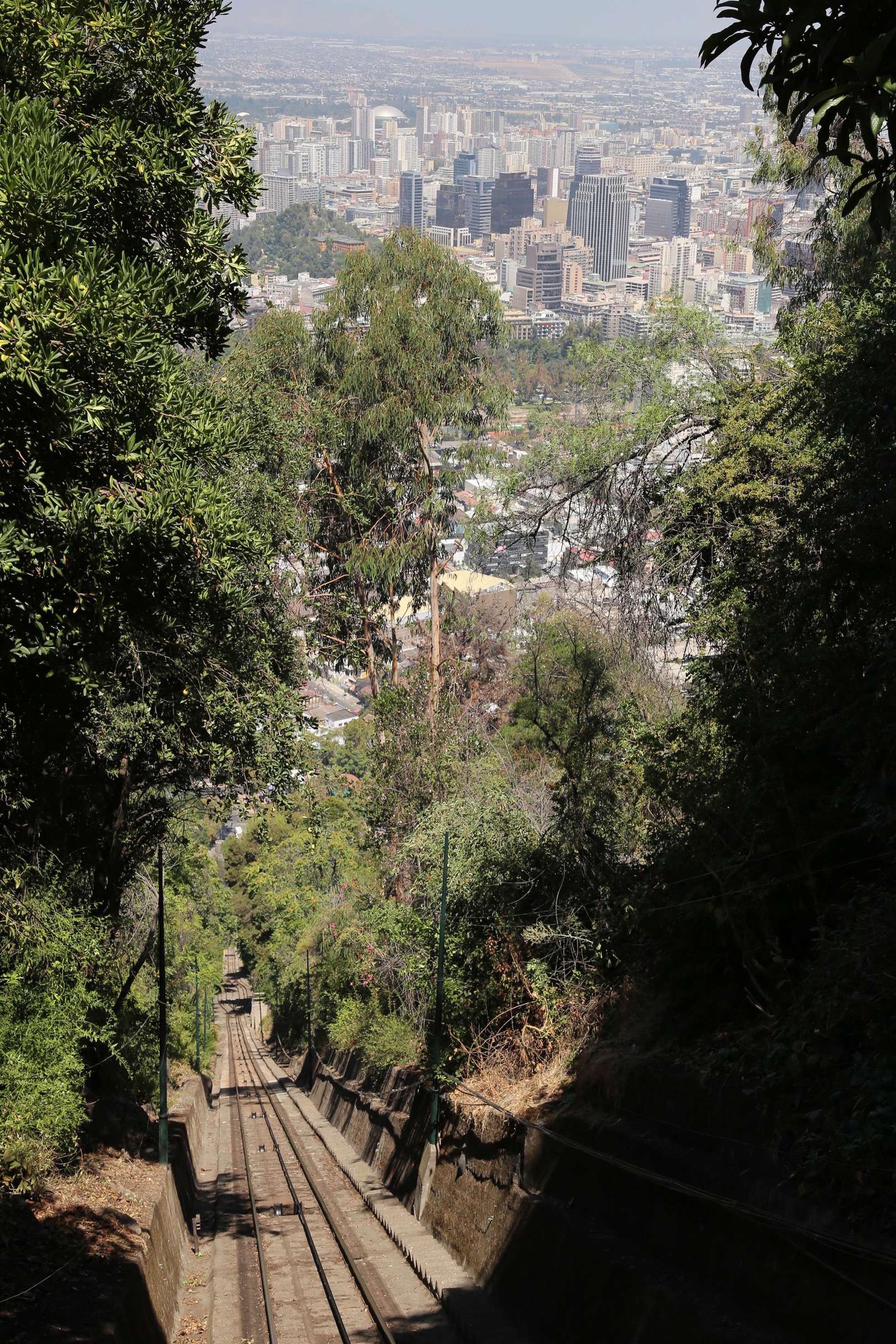
Parque Metropolitano is a popular spot for visitors and the funicular to the top is a fun way to view Santiago from on high.

About two-thirds of Chileans are Catholic. This iconic statue beckons the faithful from the top of Parque Metropolitano.

Lighting candles near the summit of Parque Metropolitano where visitors also leave memorials for departed family and loved ones.
Santiago was founded and has been Chile’s capital since 1541. Its location west of the Andes Mountains required a long and often hair-raising voyage around the Cape Horn. The Andes Mountains are both a blessing and a problem for Santiago. A number of Chile’s excellent wine vineyards are located nearby, but the mountains can be a barrier and exacerbate smog in the city.

The great hall at Belles Artes is a beautiful space in the Beaux Arts style to showcase art. Admission is free.
Nonetheless, Santiguans enjoy their town and visitors generally feel safe. Some locals may not be at ease around foreigners, since most Chileans have not traveled outside their country. However, the trend line for international visitors to Chile is steadily increasing, from about 1.5 million people in 1995 to more than 3.6 million in 2014. From the vast Atacama Desert in the north (the driest non-polar desert in the world), to Patagonia in the south (shared with Argentina), and the Chilean fjords, considered to be some of the most impressive fjords in the world, Chile offers distinct visitor experiences.
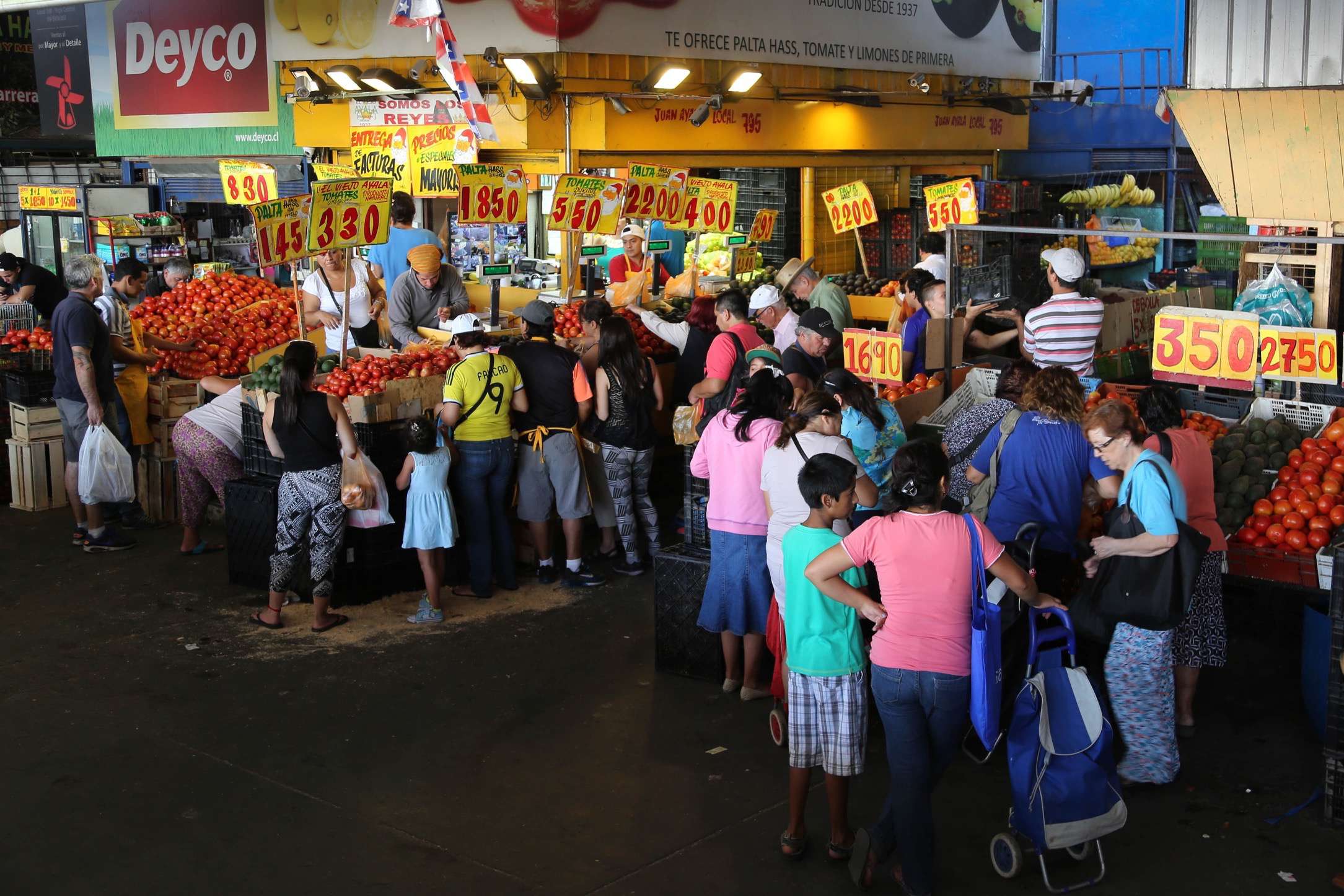
One of the largest open air markets in South America is located in Santiago and shoppers crowd in daily.
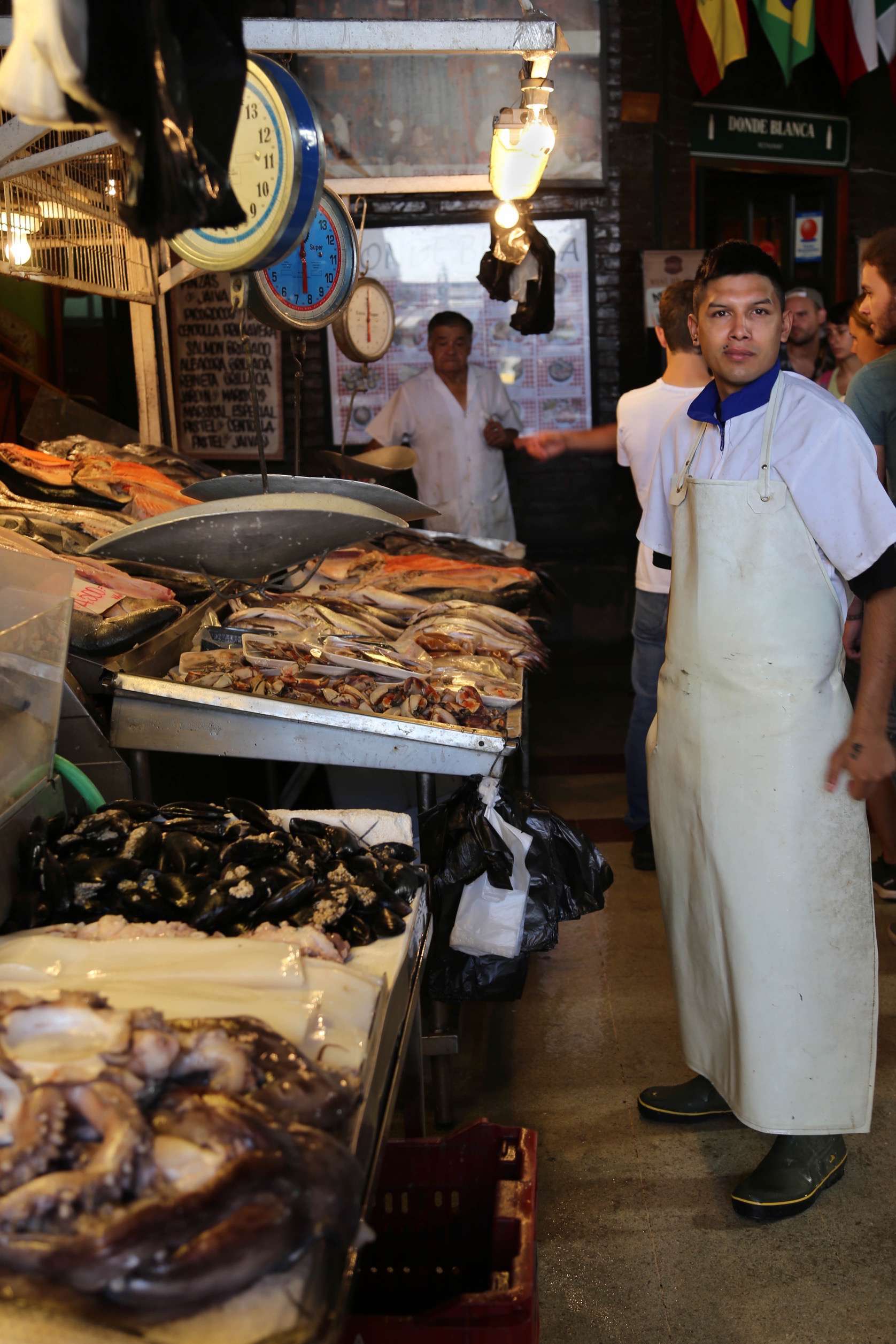
A young fishmonger waits for his next customer at the market.

Chile’s long coast line and abundant Pacific waters provide a continuous supply of fresh seafood to choose from.

This woman selling fresh fruit waits patiently, knowing there will be plenty of customers.

Street art in Santiago is bold, creative and striking.
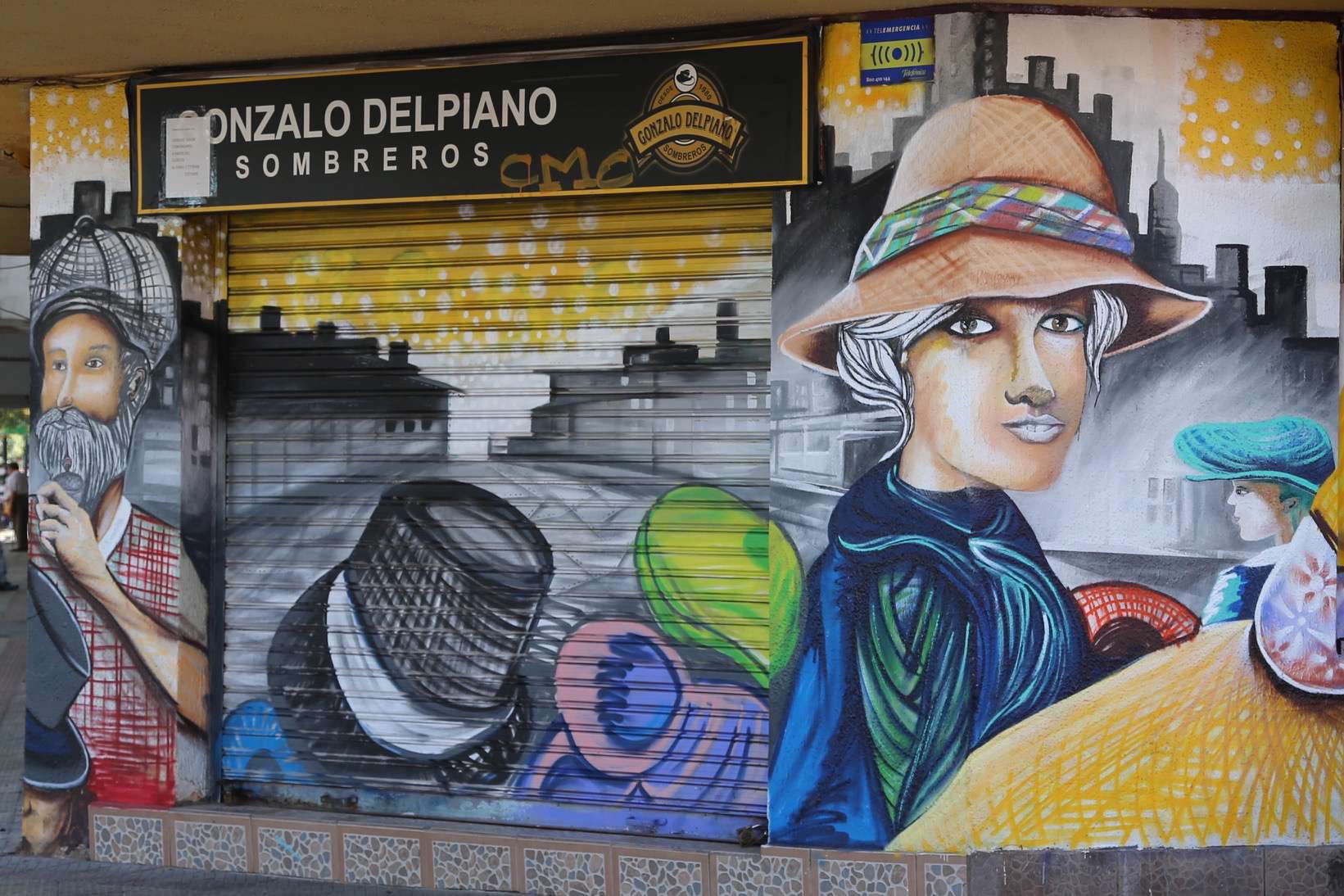
If you thought this shop sold hats, you would be correct. Street art often serves as advertising for shops.

No doubt you’re in for a good time when you stop in to this club in Barrio Bellavista.
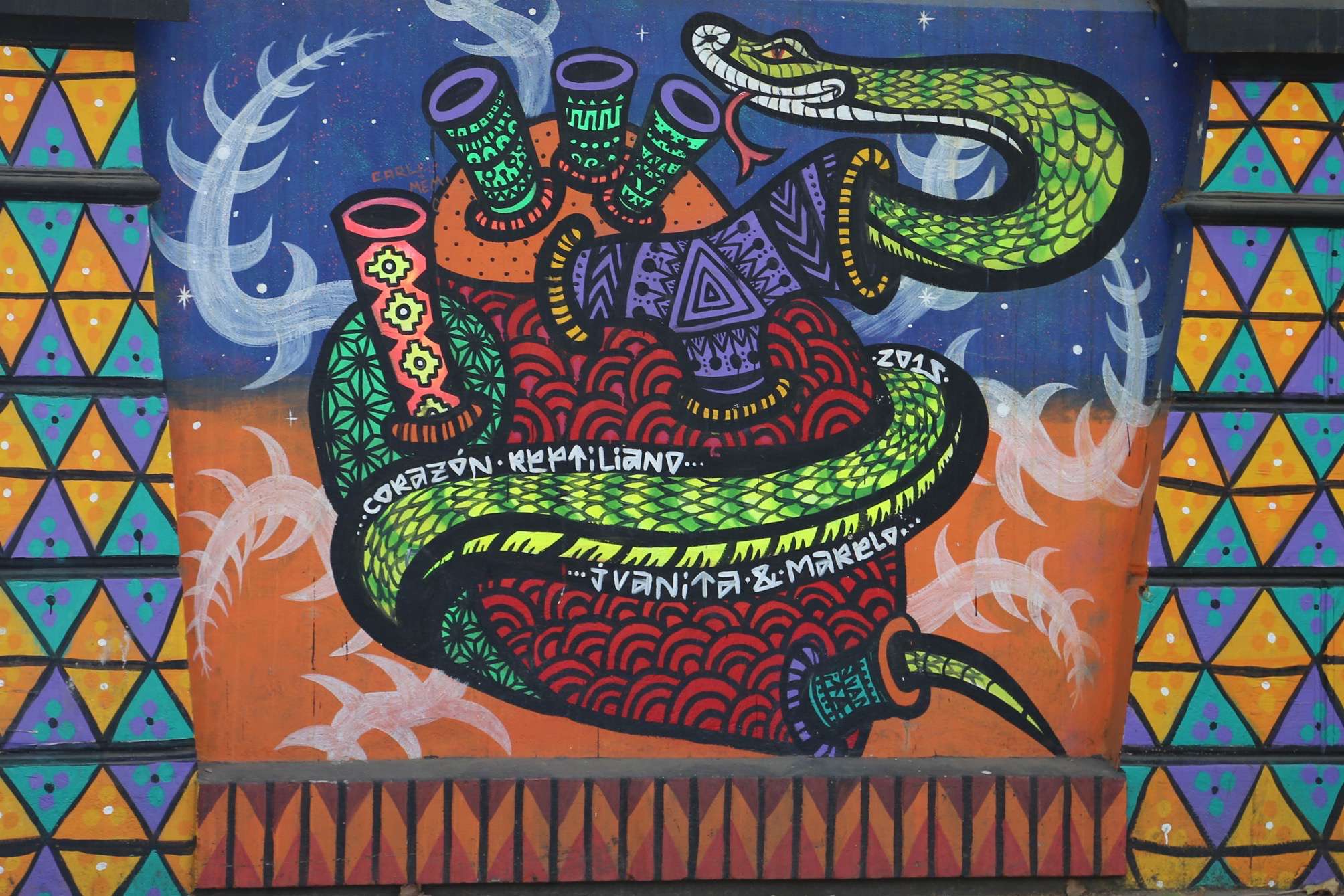
Street art powerfully conveys messages and is found throughout Santiago..

Patience, many hours, lots of paints and brushes and plenty of cans of spray paint are required create a mural as striking and imaginative as this.
In Santiago, (population 6.5 million) there are a number of distinct neighborhoods, or barrios, to visit. Some of the more popular barrios include Bellavista, a trendy and bohemian enclave where Santiago’s nightlife is vibrant. The streets come alive with street art and graffiti. Barrio Brasil is less expensive than Bellavista but filled with heritage neighborhoods and old homes as well as graffiti and street art. El Centro, or Barrio Historico, is home to Santiago’s main public buildings and monuments and the Plaza de Armas is the spot where Santiago was founded. Barrio Golf is the business center of Santiago; the city’s skyscrapers are there, including the tallest building in South America, Gran Torre. Barrio Belles Artes/Lastarria is lined with European architecture fronting cobble-stoned streets and is Santiago’s new center of culture and elegance. Barrio Maphoco is where the city’s old train station is located and there you can find one of the best markets in Latin America. Patronato is home to Santiago’s Chinatown and alternative restaurants. And Providencia is an upscale barrio where the well heeled go to shop and dine, a nexus of Santiago’s gourmet scene and home to the largest shopping mall in Latin America.
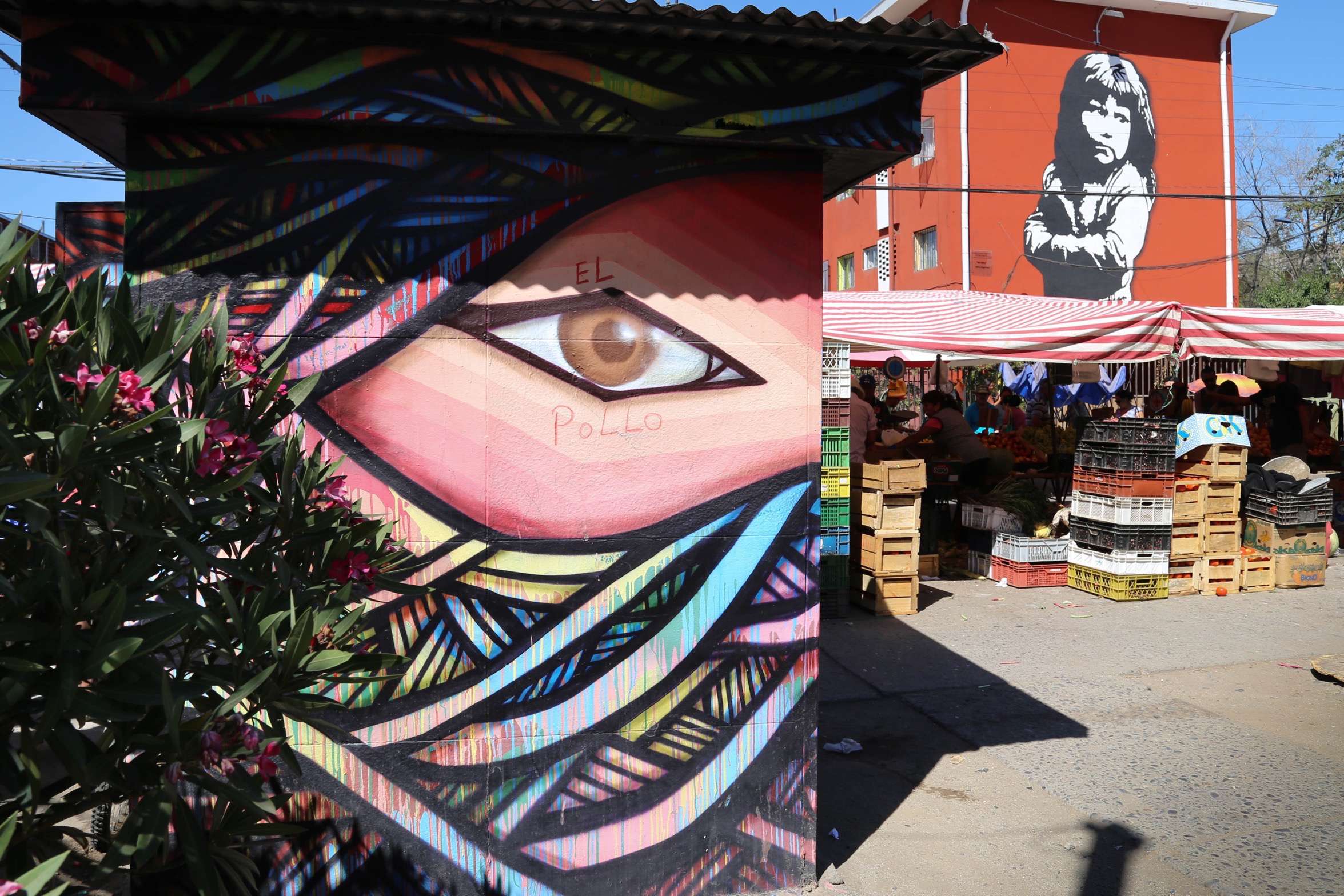
Barrio San Miguel is home to a series of murals, known as Museo a Cielo Abierto that were funded by the City of Santiago.
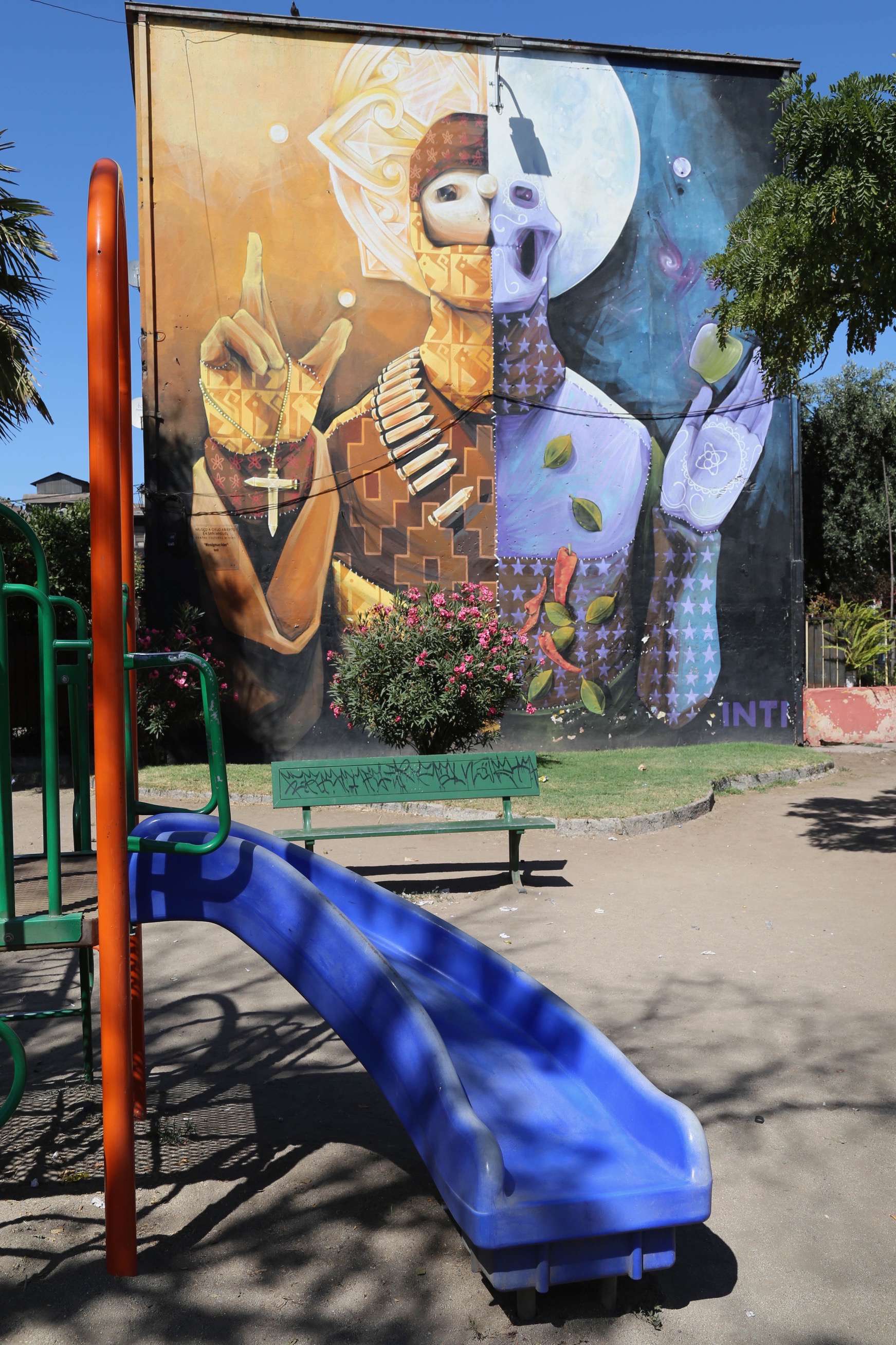
The working class neighborhood – San Miguel – is made brighter by the creativity of the murals which began appearing in 2009.
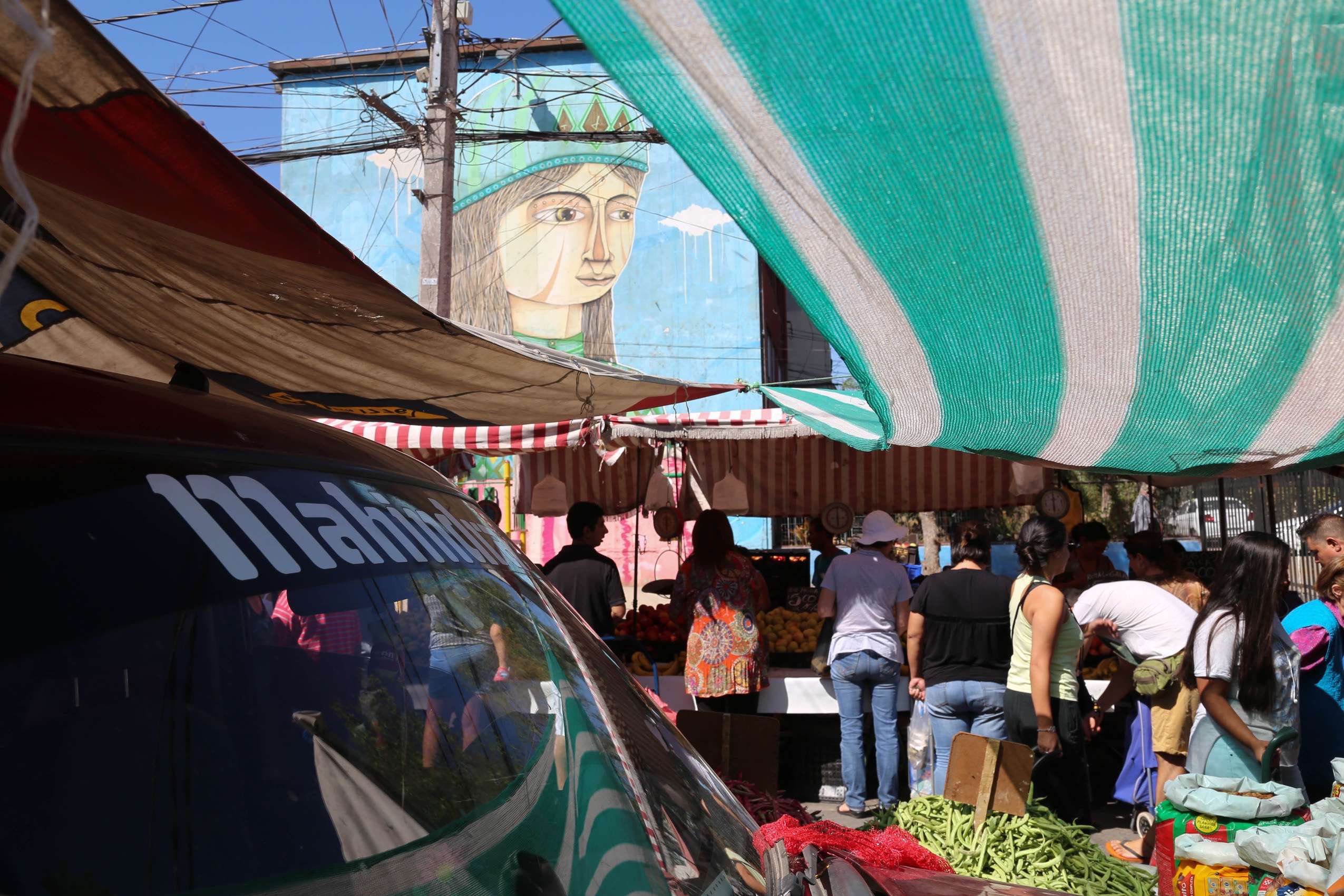
On Saturdays the street is a crowded open air market where vendors sell bargains to a throng of shoppers.
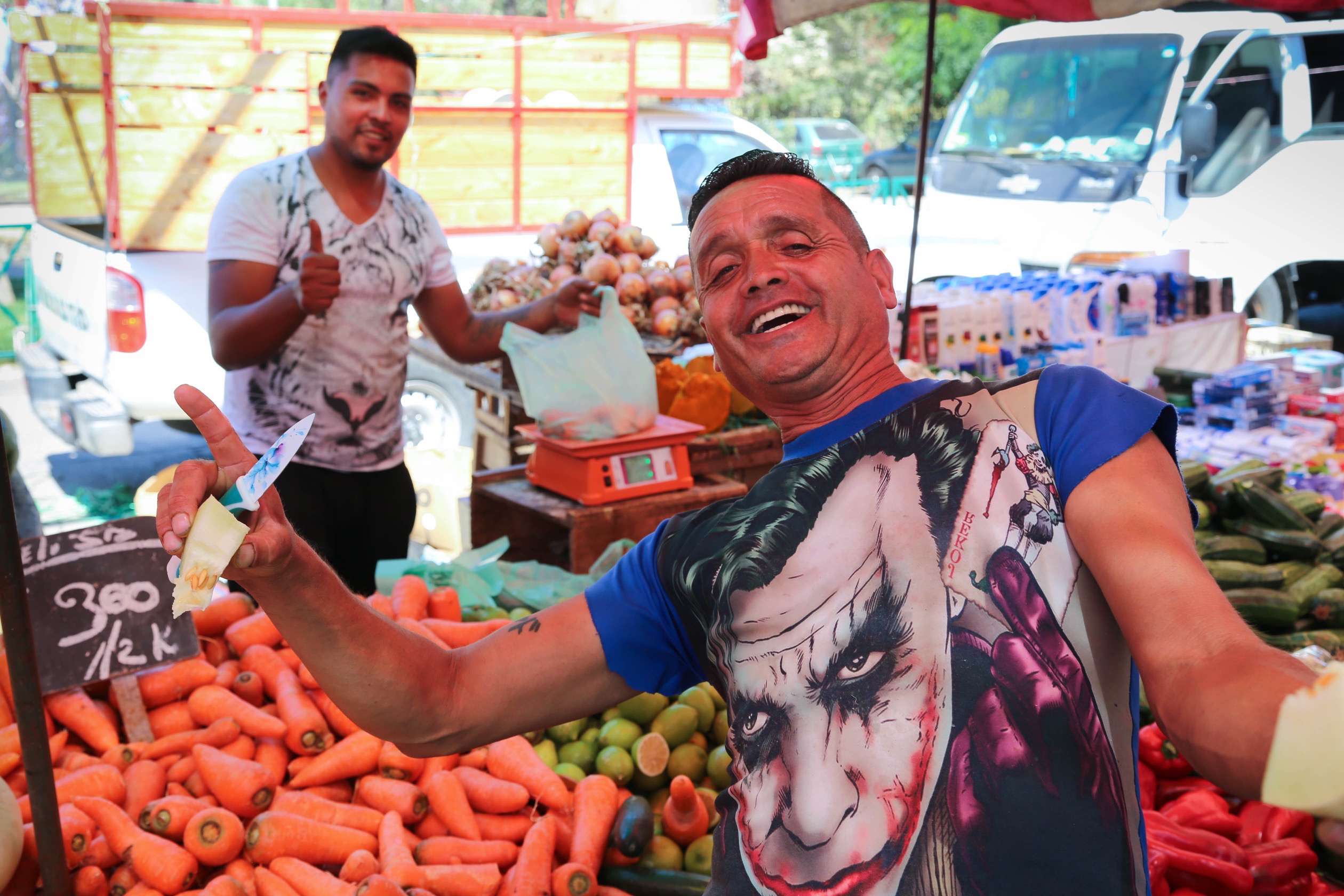
A pair of vendors mug for a photographer at the open air market at Museo a Cielo Abierto.
But the history of Santiago, and thus Chile, and by extension all of South America, is a story that includes conflict, conquest and pain. Prior to the appearance of Europeans, it is thought as many as 30 million people lived throughout South America.

Murals appear only on the end walls of apartment buildings, contrasting a bright, festive look with the drabness of neighborhood apartments.
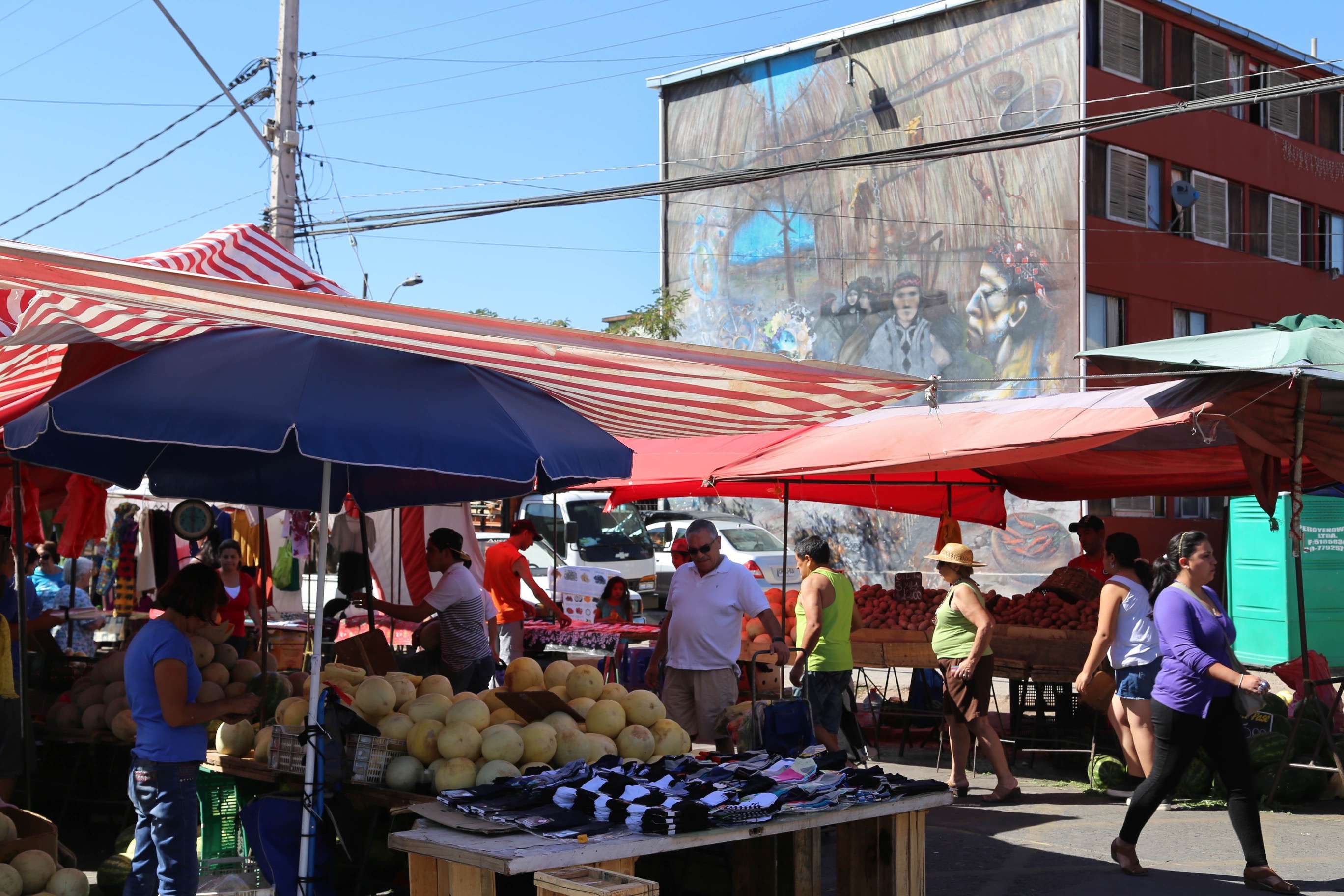
Every mural tells a story as shoppers hunt for goods at the open air market in Barrio San Miguel.
The two main players in the era of colonial conquest were Spain and Portugal, the leading maritime powers of their day. Ostensibly their mandate was to convert the indigenous peoples to Christianity, but in reality the conquerors were after riches. In addition to advanced military tactics, conquerors also brought gunpowder, steel and armor, horses and disease. Centuries of strife left an indelible mark on Santiago, Chile as a nation, and the South American continent as a whole.
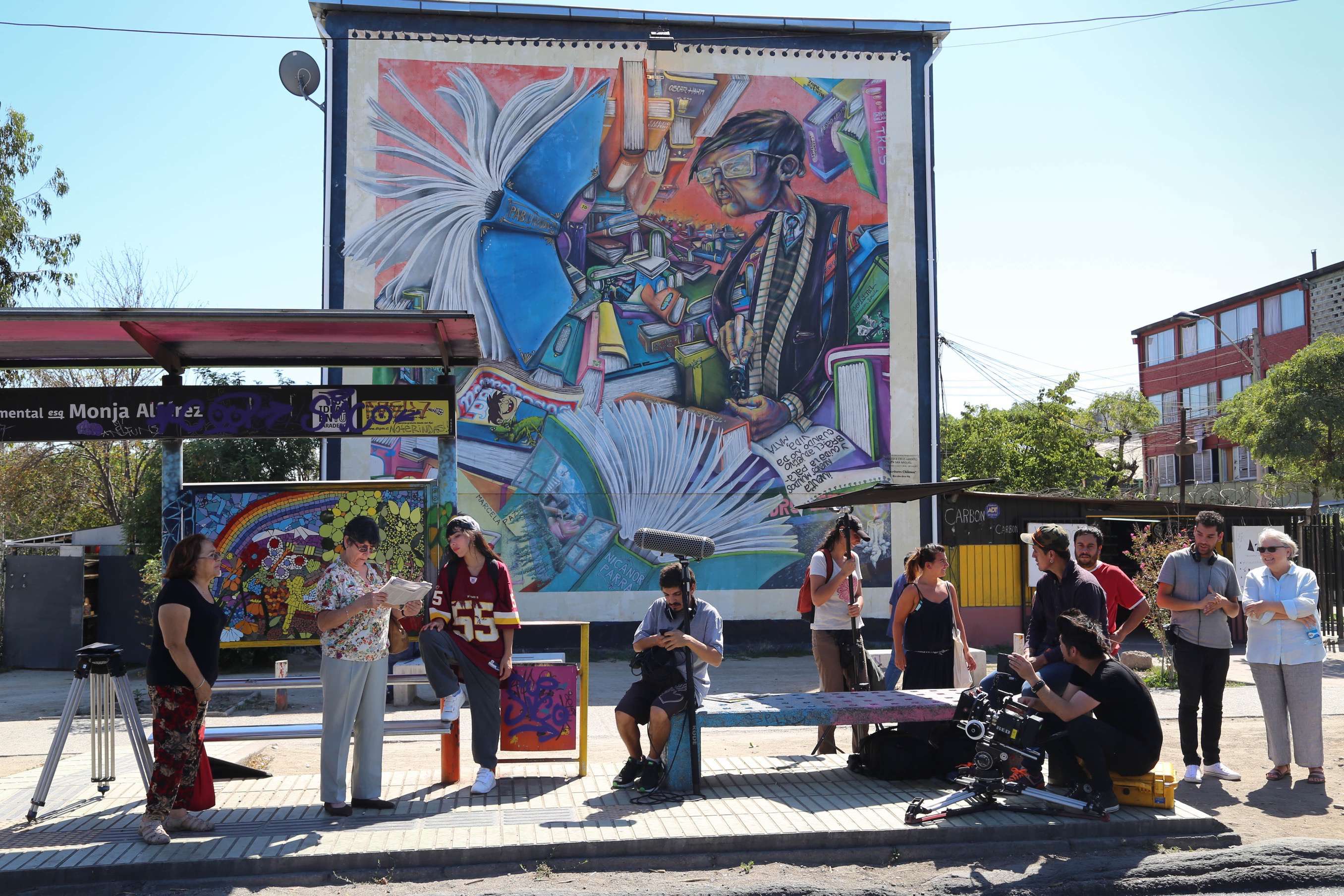
An independent film crew prepares for their next scene, featuring the woman, third from left, (55), and using the murals as a backdrop. The camera being used, a RED Digital Camera is an ultra high resolution camera with an image quality that rivals film cameras.
To some degree, those difficulties persist. And in the recent past Chile’s freedoms were suppressed by actions that took place in both Santiago, Chile – and Washington, D.C.
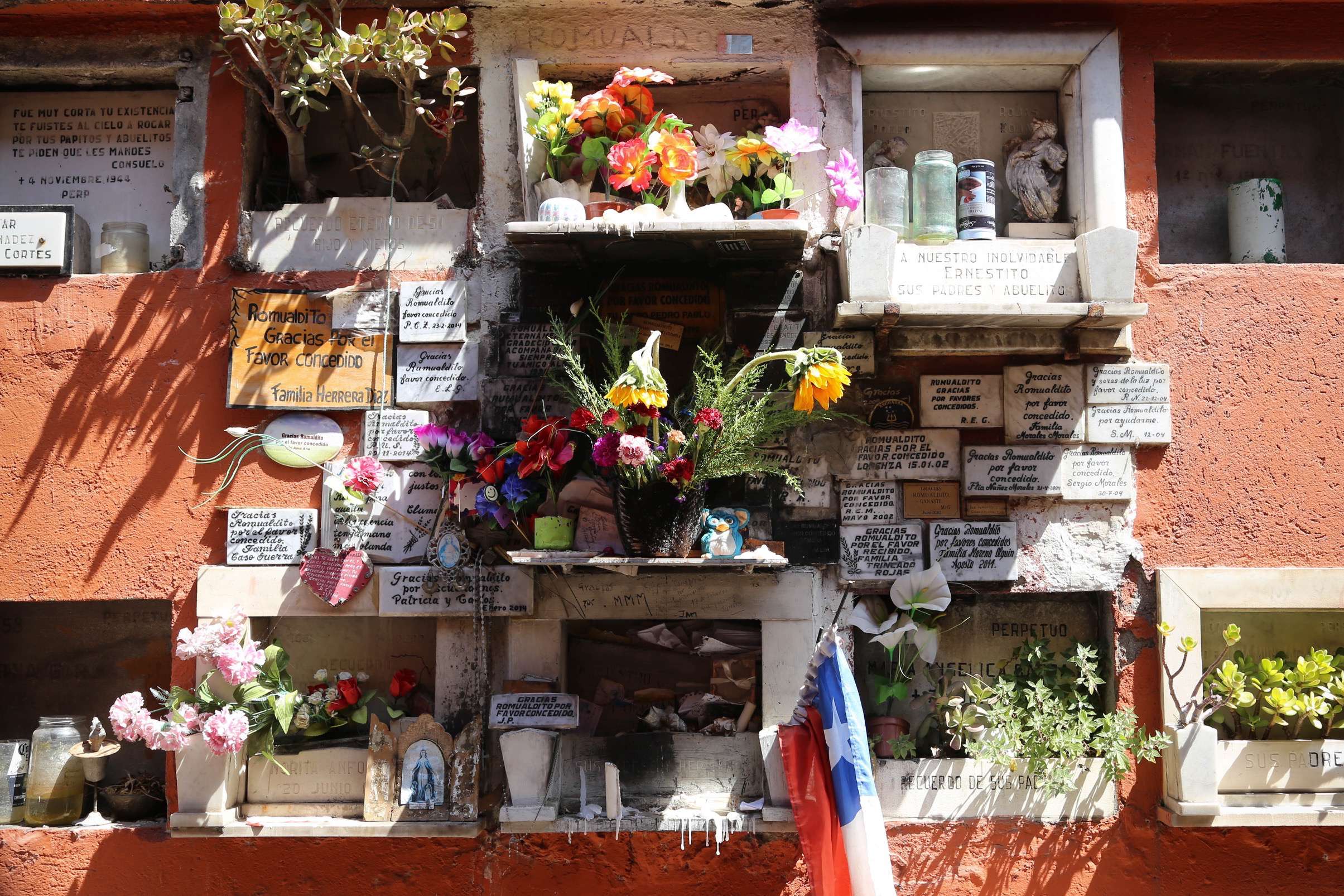
This “animita” or shrine at the city’s main cemetery honors Romualdito, a poor peasant murdered in 1933 near Santiago’s main train station. He is venerated by Santiguans even though the details of his murder remain murky to this day.
Salvador Gulliermo Allende Gossens was born in Santiago in June 1908 to a well to do family. His parents were politically active and Salvador Allende, as he is better known, adopted their liberal and progressive political views. And though Allende became a physician, he was drawn into politics and served as a senator, deputy and a cabinet minister. After repeated attempts, he became president in 1970 in a closely contested race that was brokered by Chile’s legislature. He was the first Marxist to become president of a South American country and a series of actions he took focused the world’s attention on Chile and cost him his life.
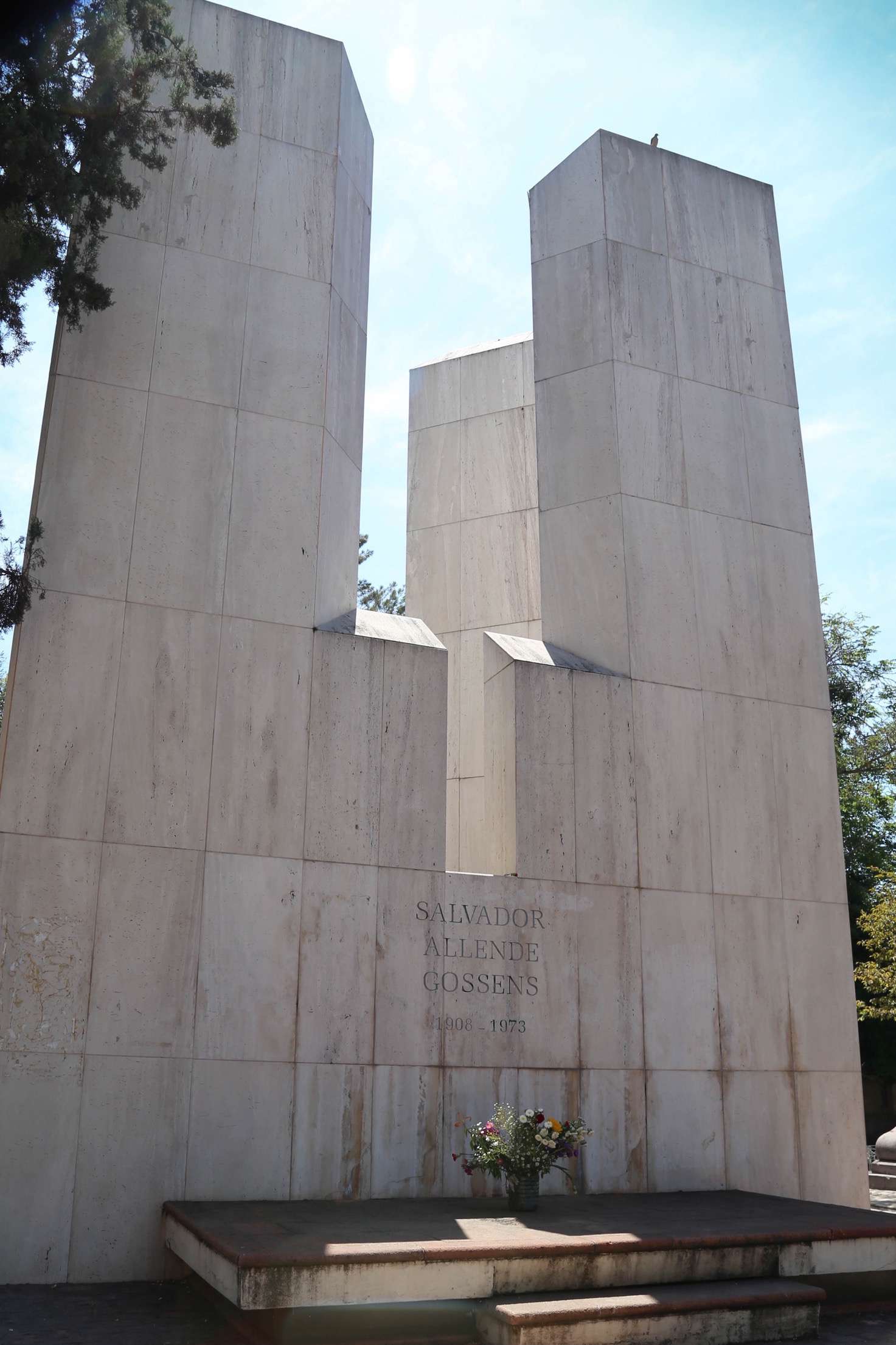
Nearly 35 years later mourners still leave flowers and offerings at the burial site of President Salvador Allende. He committed suicide in 1973 rather than be captured by military forces under the command of General Augusto Pinochet.
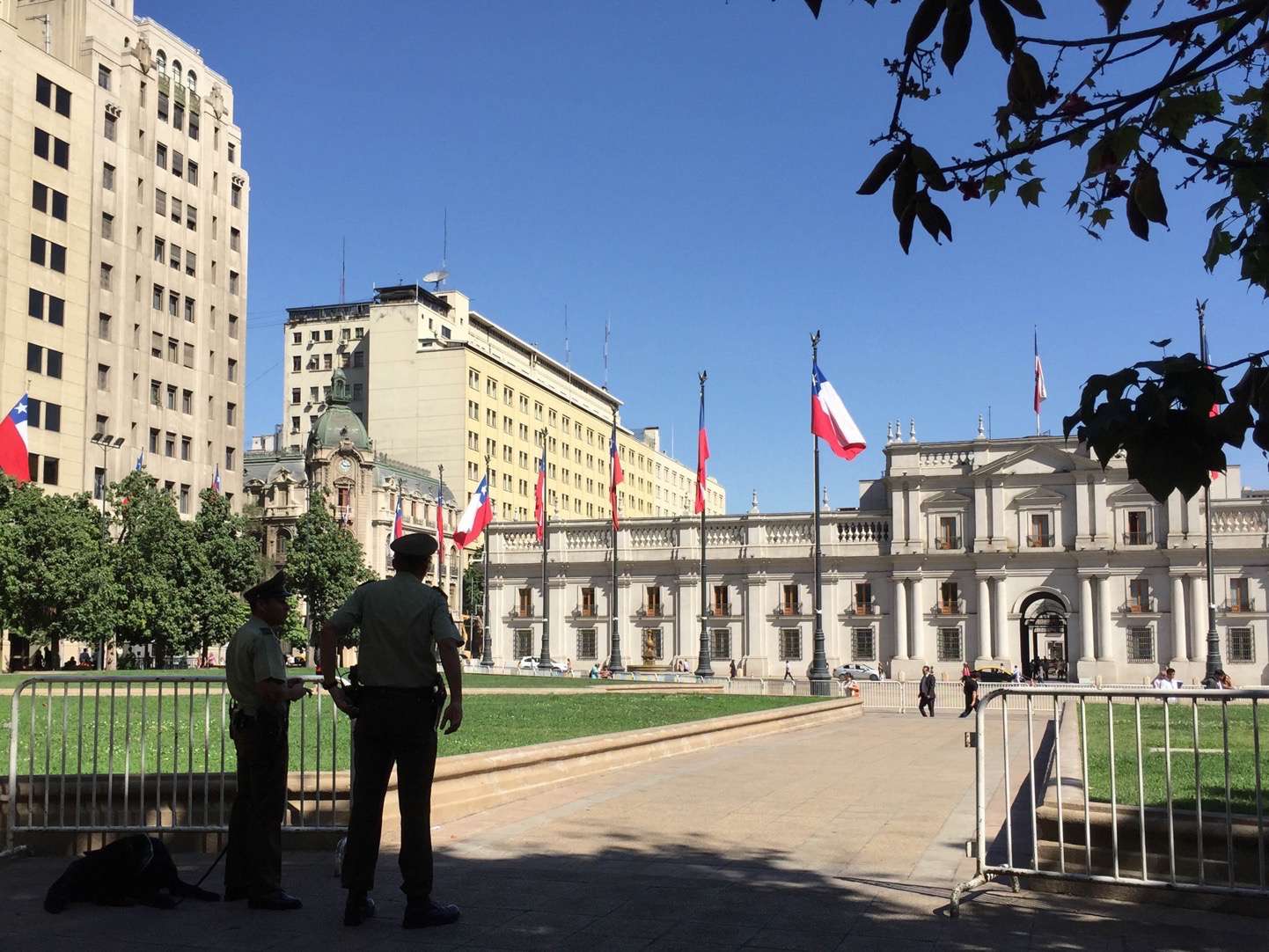
The building with the flags on display was the scene of fierce fighting led by soldiers under the command of General Augusto Pinochet, and where President Salvador Allende took his own life.
Allende set about nationalizing Chilean industries and collectivizing sectors of the economy. To the poor and Allende’s Marxist allies he was a hero. But Allende alienated a coalition of the political center-right who denounced him and withdrew their support. In early September 1973, Chile’s military, lead by General Augusto Pinochet (previously a longtime ally of Allende’s), along with the backing and assistance of the United States Central Intelligence Agency, moved to overthrow the president. The final battle ended up at La Moneda Palace, where, in a famous radio broadcast, Allende vowed never to surrender. As government troops closed in Allende committed suicide.

Cementerio General de Santiago is the city’s large main cemetery and includes niches for the poor still visited and tended by family and friends.
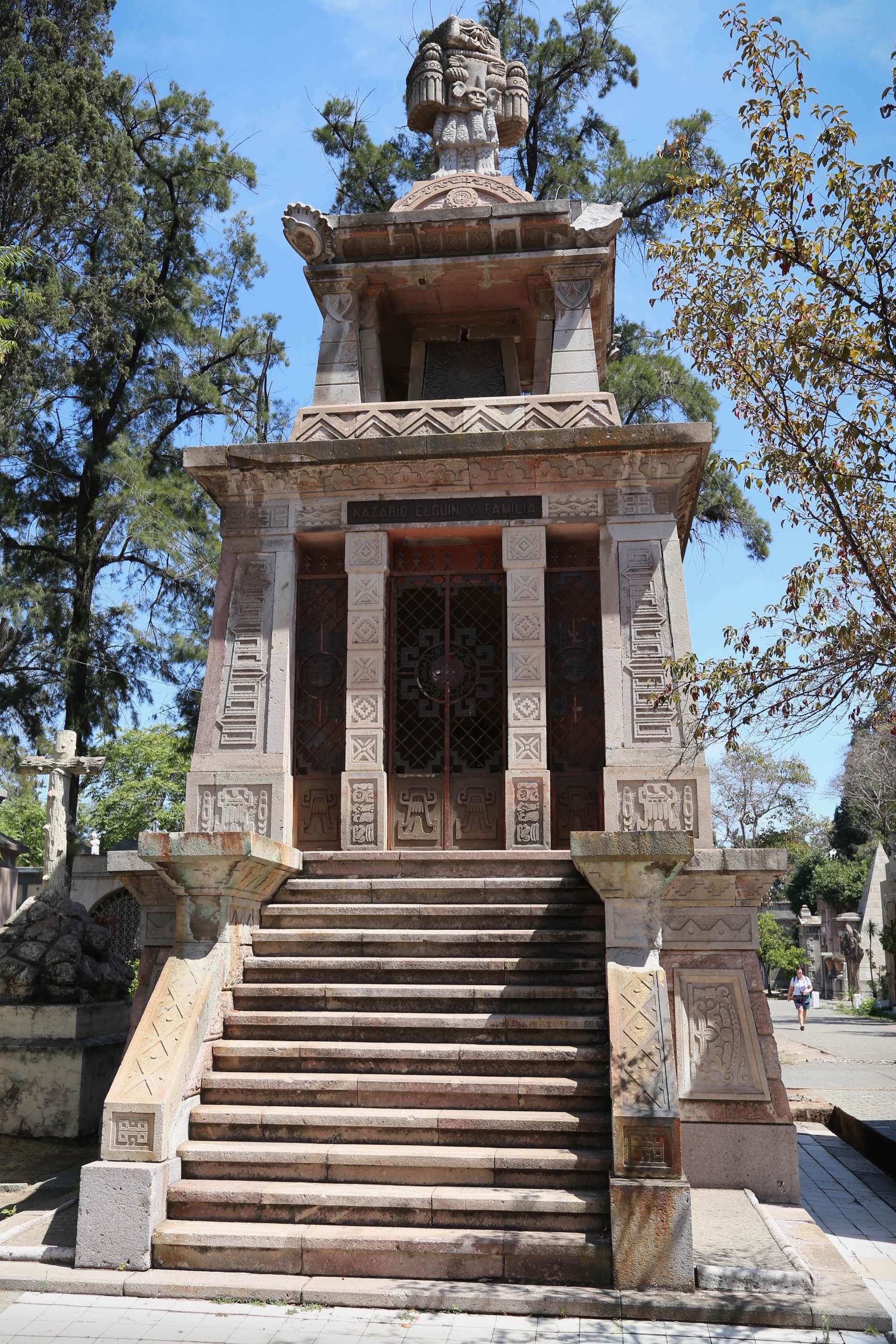
Elaborate mausoleums line the streets and walkways of Santiago’s main cemetery.
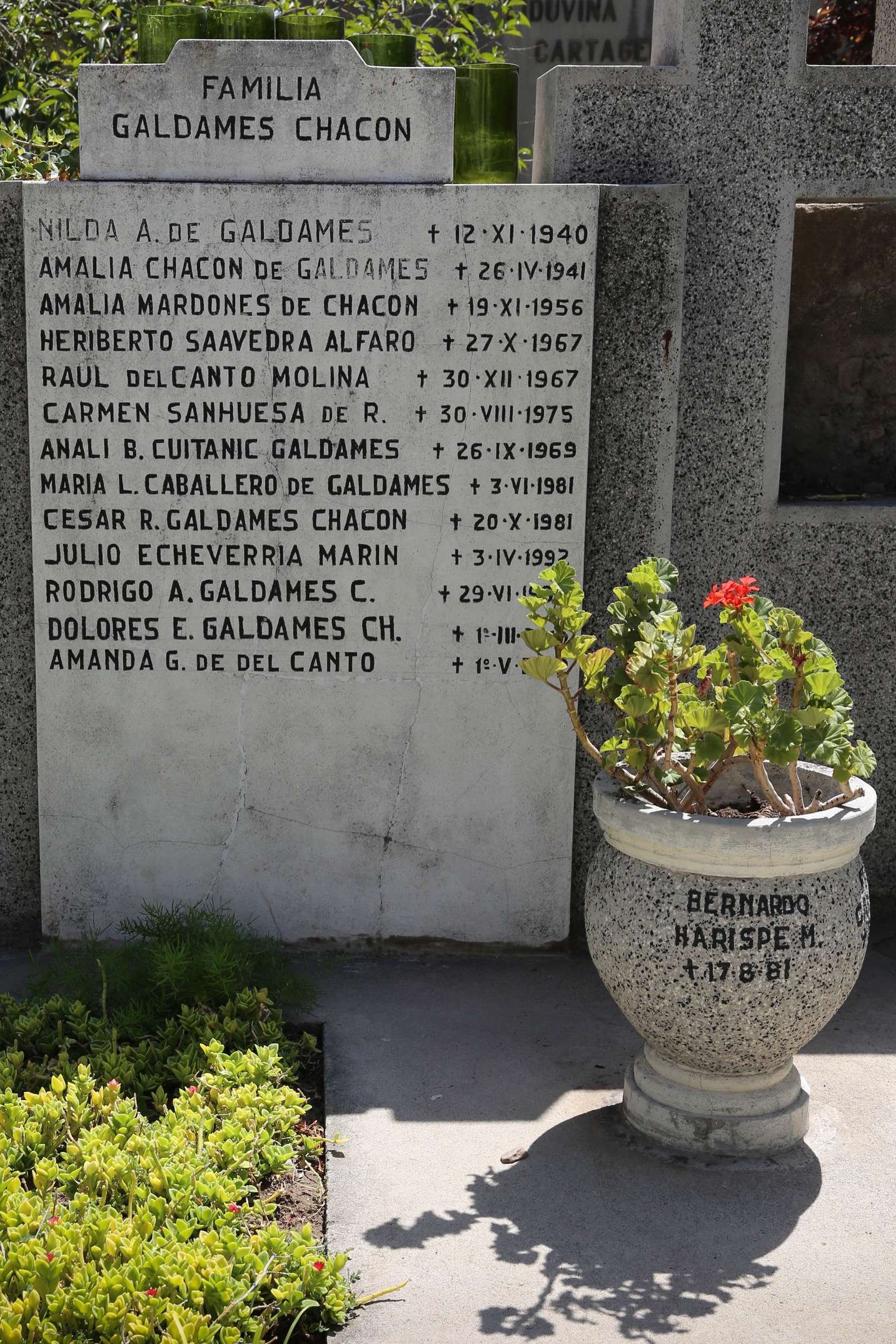
General Augusto Pinochet and his henchmen waged a 17-year wave of repression and terror (1973 – 1990), against anyone who opposed their rule. Thousands were murdered, tens of thousands were tortured and hundreds of thousands were sent into exile or illegally detained.
Pinochet took over as ruler, and along with a military junta ruled Chile until 1990,when democracy was restored. But before that time, Pinochet’s rule was blackened by violence, torture and murder. Reports indicate 35,000 incidences of human rights abuses, including 28,000 people tortured, 2,279 executed, 1.248 people missing and approximately 200,000 people who were exiled or illegally detained. Pinochet was indicted for human rights violations in October 1998, but political maneuvering delayed his trial, and he died in December 2006 without being convicted of any crimes. Even today, within Chile’s population of 17.6 million people, most people over 25 or 30 years of age either have a relative or know someone who was a victim of Pinochet’s terror.
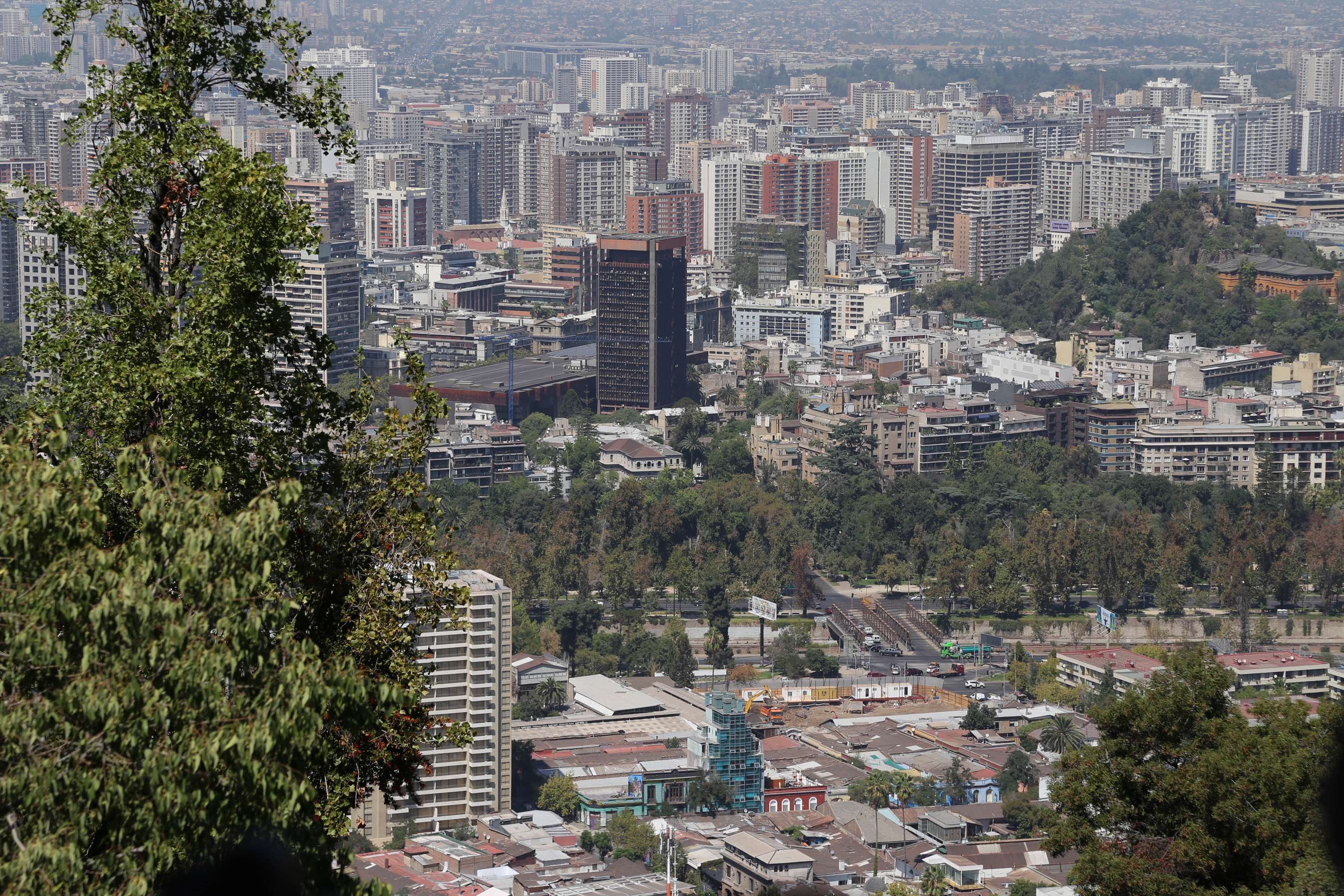
With 6.5 million people, Santiago is a thriving metropolis where life and prospects for the future continue to improve.
But Chileans and Santiguans are looking forward to the future and are not stuck in the past. Time spent in the capital city demonstrates that on many levels. All you have to do is savor some of Chile’s world class wine, visit Pablo Neruda’s home (Chile’s Nobel Prize winning poet laureate; an ambassador and friend of Allende’s), stop at any number of the city’s excellent museums and galleries, or stroll the streets of this South American capital and you experience a place where the pace is quick, but the joy of life is savored.

Chile is recognized around the world for the quality and value of their wines. A flight of red wines has been prepared for tasting.
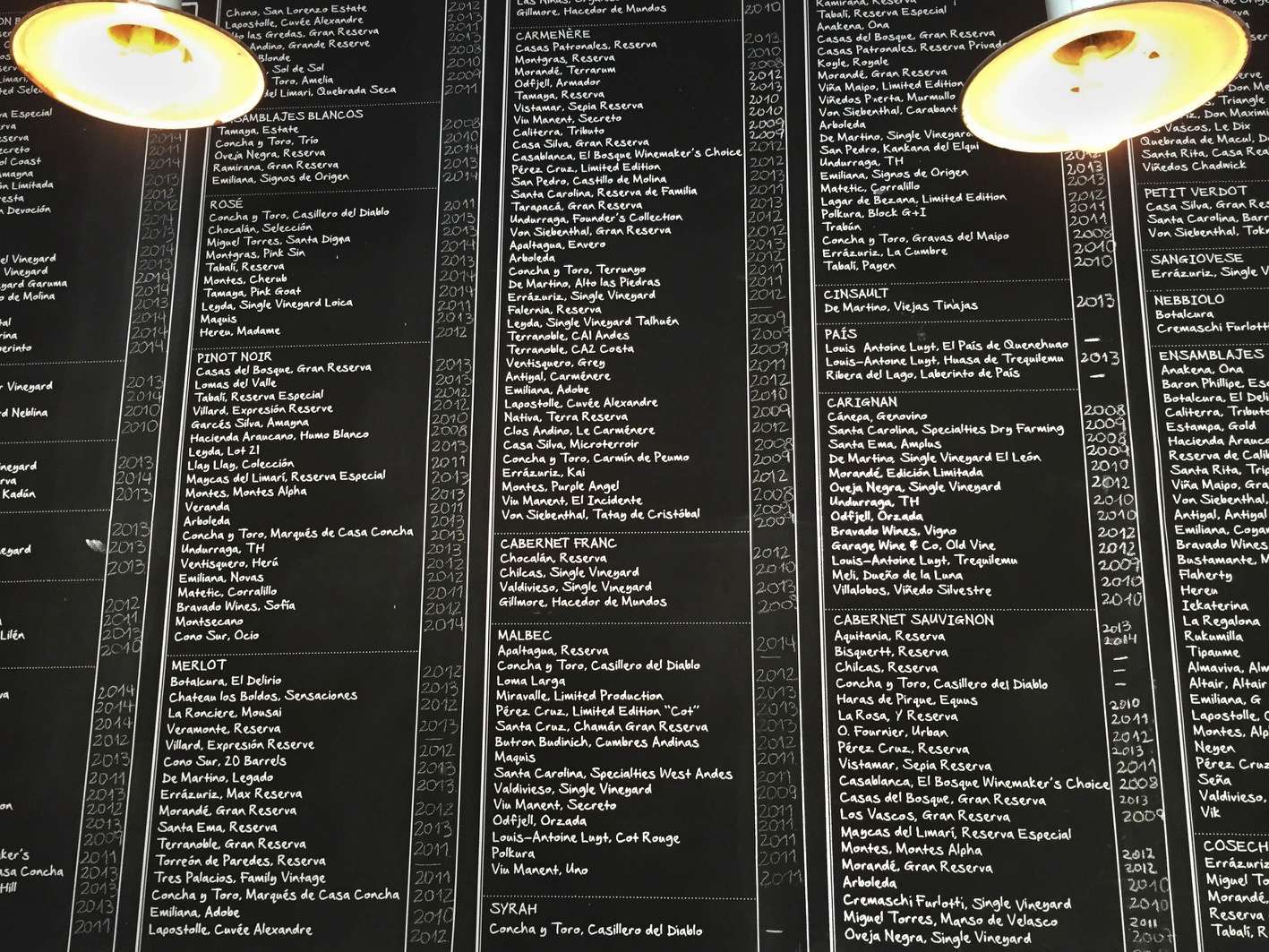
If you enjoy top quality wine, Chile is an excellent place to visit. This is the menu of offerings from one restaurant’s cellar.

The food scene in Santiago is gaining recognition and respect. A savory meal with an excellent bottle of wine can be found throughout the city.
For more information about Santiago, Chile and some of its rich history, click over to these websites:
wikipedia.org/Salvador_Allende
wikipedia.org/Augusto_Pinochet
nsarchive.gwu.edu/USInterventionChile
wikipedia.org/Romualdito_(animita)
wikipedia.org/Museo_Nacional_de_Bellas_Artes_(Chile)
wikipedia.org/wiki/European_colonization_of_the_Americas
indexmundi.com/facts/chile/international-tourism
positivehealthwellness.com/everything-need-know-benefits-drinking-wine/
